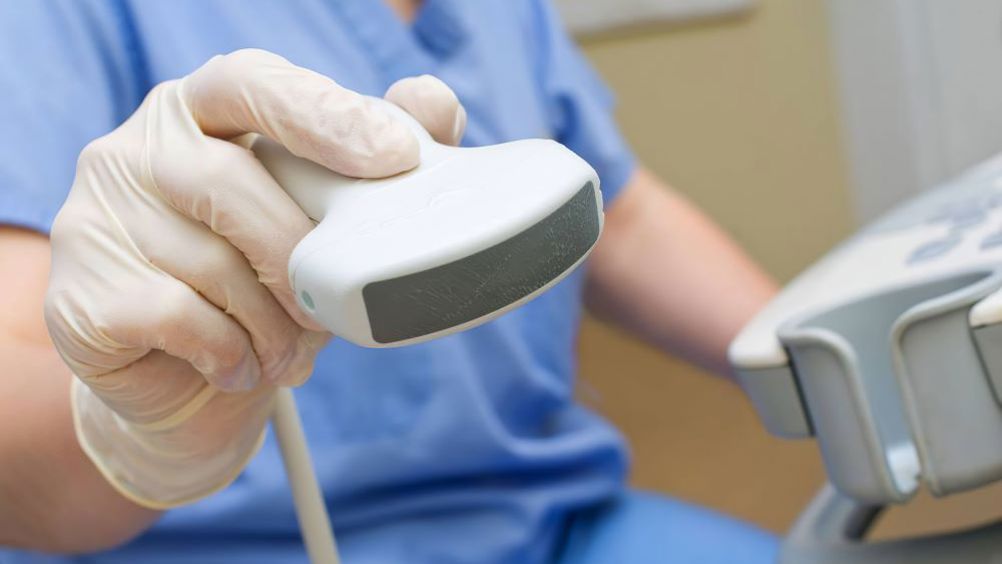References
Ultrasound imaging in aesthetic practice and what to consider when thinking about its adoption

Abstract
In the first part of this series, Amy Miller explores the considerations that aesthetic clinicians should make when implementing ultrasound imaging in their practice
Facial ultrasound imaging has become an increasingly popular topic in the field of medical aesthetics. A common tool in almost every other area of medicine, it has been slow to penetrate the field of aesthetics. Over 10 years ago, Wortsman and Wortsman (2011) published an article on sonographic outcomes of cosmetic procedures, but ultrasound imaging is only now gaining traction in this field. This is partly because older ultrasound machines tended to have poor resolution of the tiny, superficial features of the face and could be prohibitively expensive. However, more recently, better quality and less expensive ultrasound machines have been mass marketed to the medical aesthetics sector, making it easier for practitioners to adopt this technology. However, questions remain: is it truly revolutionary for aesthetics, and is it really worth it?
Despite improvements in the technology and reductions in cost, there are still significant barriers to the ubiquitous use of ultrasound in medical aesthetics. It has a significant learning curve that requires time and dedication on the part of the user. Remember that there are professionals who dedicate their entire career to ultrasound imagery. Ultrasound effectiveness is operator-dependent, and it is a skill that should be practised regularly to ensure that the practitioner remains well-versed in its use. Even though the equipment has become more affordable, the training and education on the use of the machine can add up quickly. Time and money are not resources to be spent frivolously, so it is essential that practitioners know how the advantages and disadvantages of ultrasound adoption weigh out for them and their practice.
Register now to continue reading
Thank you for visiting Journal of Aesthetic Nurses and reading some of our peer-reviewed resources for aesthetic nurses. To read more, please register today. You’ll enjoy the following great benefits:
What's included
-
Limited access to clinical or professional articles
-
New content and clinical newsletter updates each month


